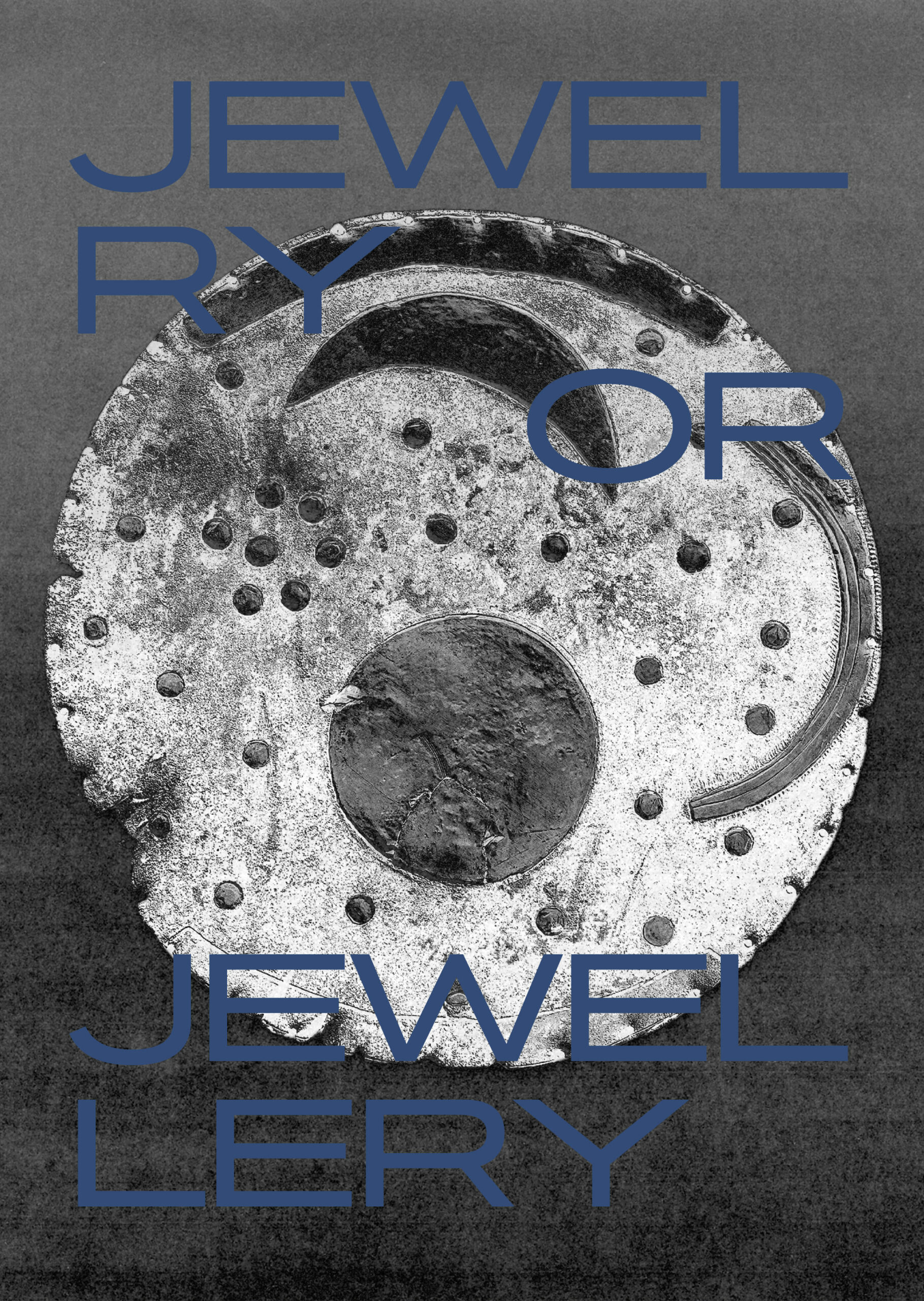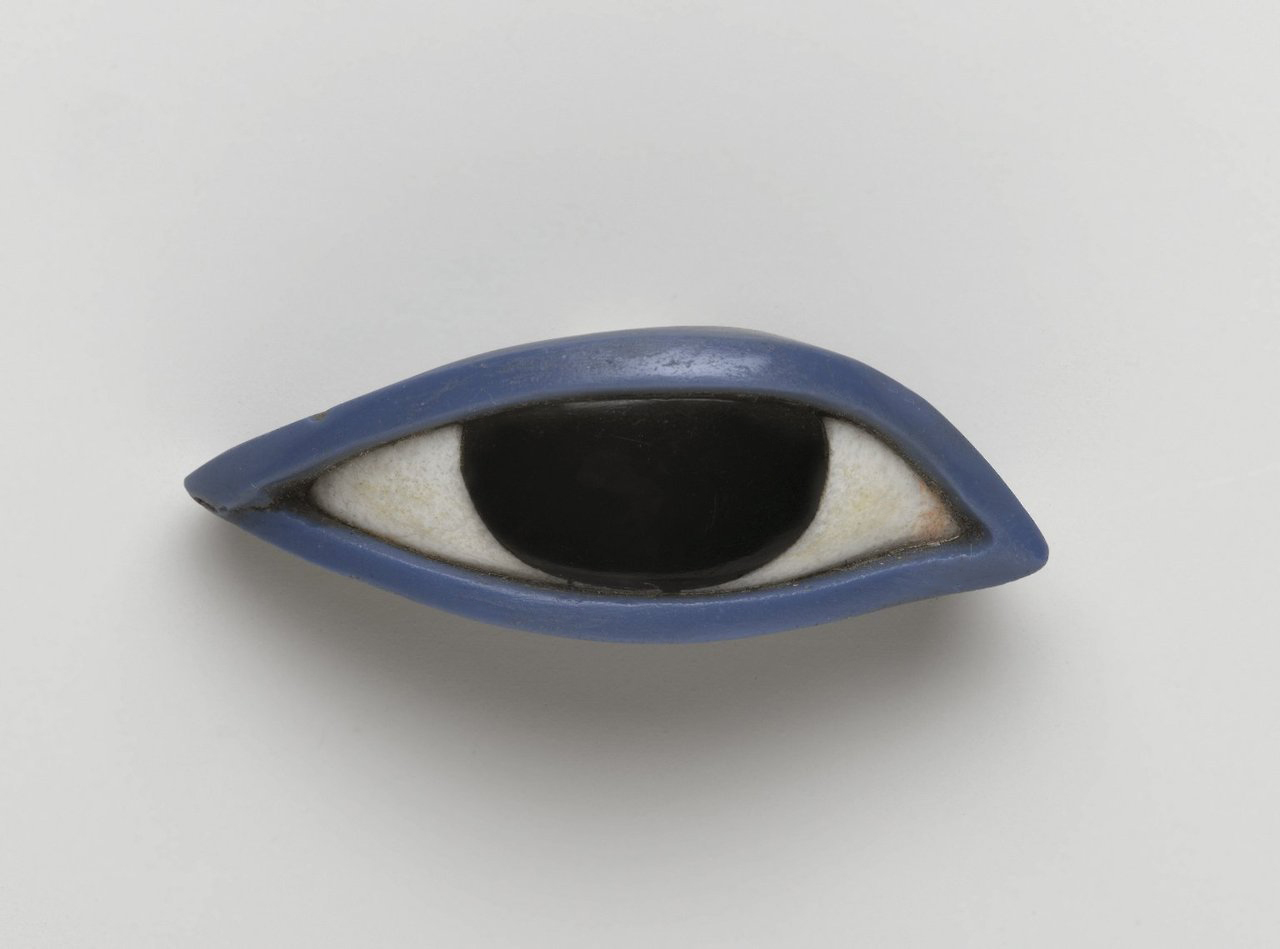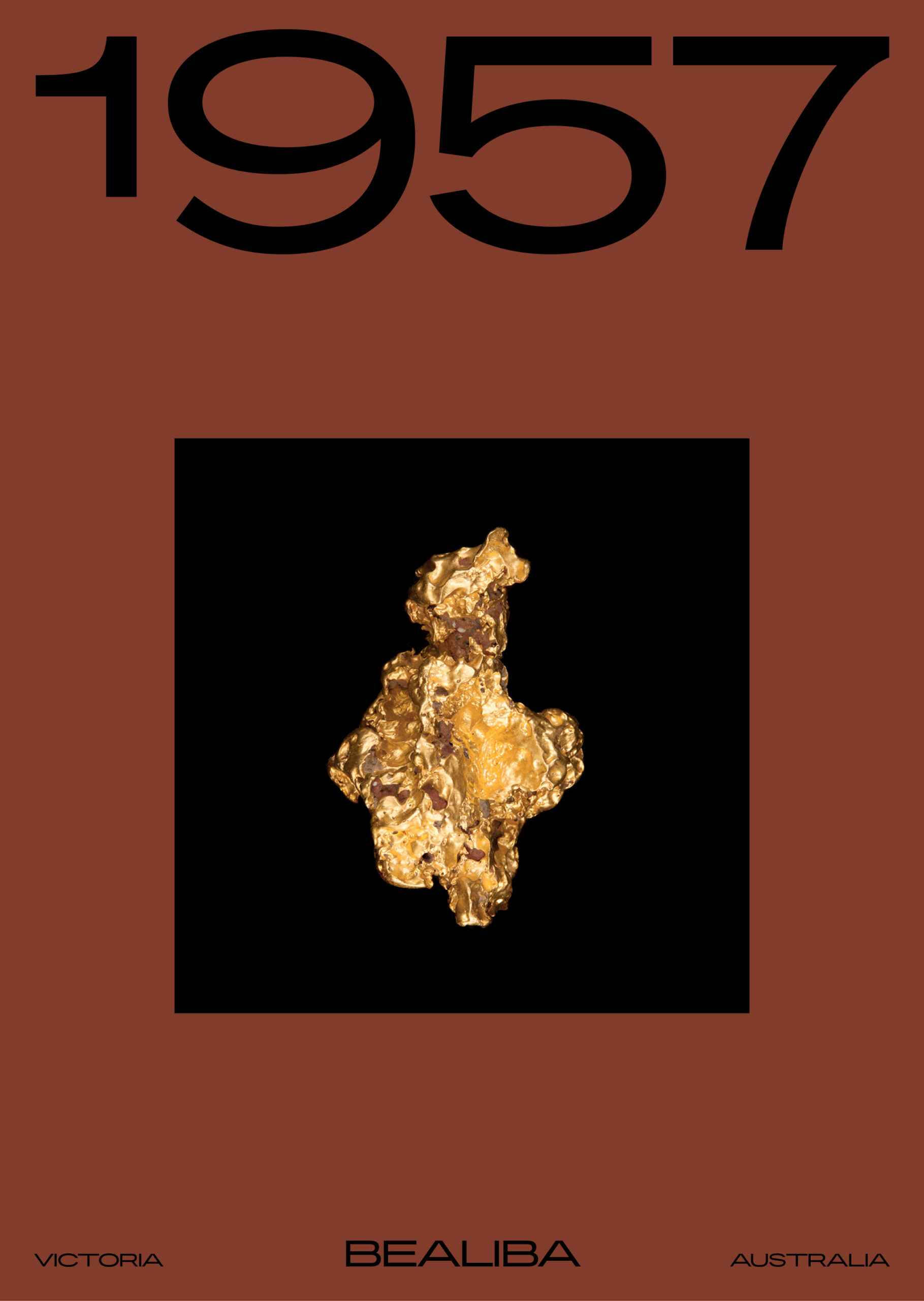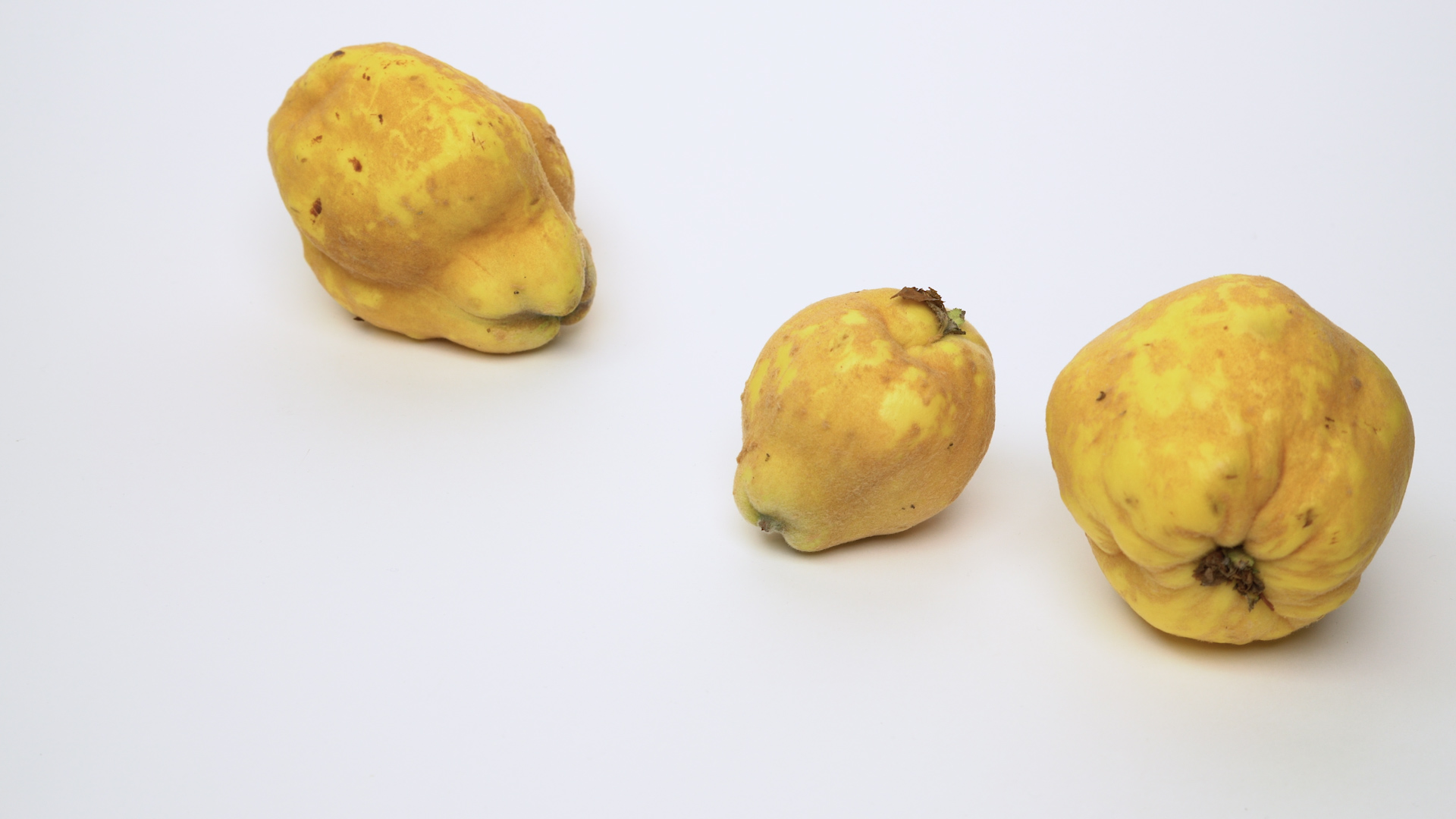WHERE ART AND PSYCHOLOGY COLLIDE
In the art world, automatism is the process of creating art by accessing the unconscious mind and completely bypassing conscious thought. Word has it that Ernst used hallucinogens and hypnotism to enter dream states that he then transferred onto canvas.
In psychology, it was Sigmund Freud who first used automatic drawing or writing to explore the unconscious realm of his patients. His ideas went on to influence André Breton when he began the surrealist movement in 1924 through the publication of the Manifesto of Surrealism. In it, Breton defined surrealism as: “Pure psychic automatism … the dictation of thought in the absence of all control exercised by reason and outside all moral or aesthetic concerns.”
Leaving art up to chance was specifically explored by Max Ernst with his collages, which were assembled from magazine clippings, encyclopedias, catalogues and brochures.
SEX SELLS
Upon unearthing rare manuscripts by Marquis de Sade at the Bibliothèque Nationale in Paris, the poet and novelist Guillaume Apollinaire went on to publish a selection of his writings in 1909, where he introduced Sade as “the freest spirit that had ever lived.”
It was Apollinaire who first coined the term surrealism and the surrealists took note when the first Manifesto of Surrealism was published in 1924 and proclaimed that “Sade is surrealist in sadism.” While the surrealist movement was driven by expressing the unconscious, it was also all about drawing linkages between dreams, reality, sex and eroticism.
Desires abound in the subconscious and surrealistic art is about releasing, confronting and exercising sexual desires head-on. Much of their work was deemed obscene and lewd, but that was precisely the point – to challenge anything and everything.
They were anti-establishment libertarians pushing the boundaries and acting out libidinal themes on canvas. The explicit content of the time intentionally provoked and fascinated onlookers, whether voluntarily or begrudgingly. It was a sexual revolution in the form of art, and political correctness was a complete misnomer.



